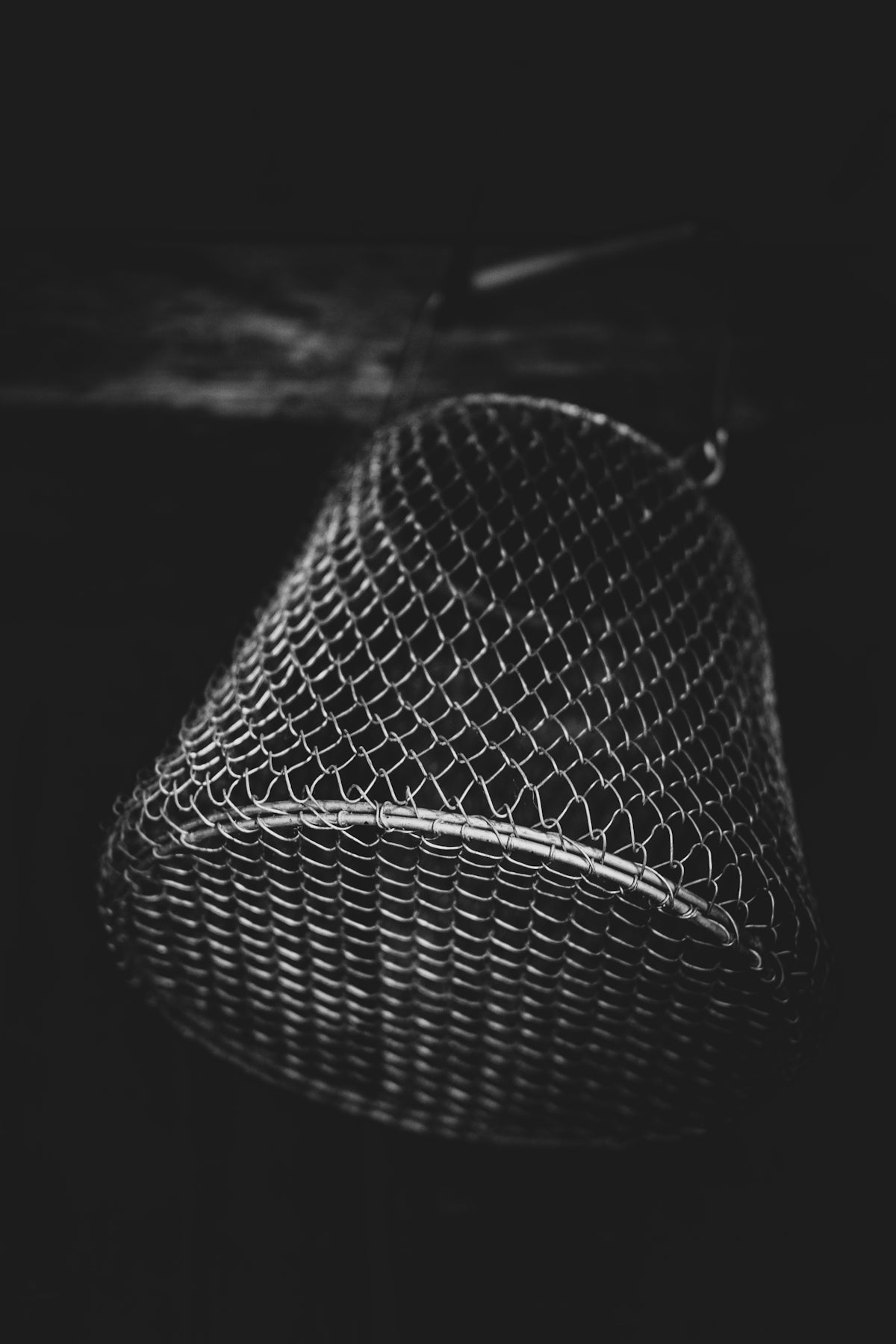Customary Fishing Nets and Fishing Info
1 product
Showing 1 - 1 of 1 product
Customary Fishing Nets and Fishing Info
Customary fisheries are recognised fishing rights of tangata whenua and are fisheries that have been traditionally harvested.
They are based on a relationship between tangata whenua and the marine environment, allowing for the ongoing use, enjoyment and management of resources per Tikanga Māori (Māori custom).
Customary fisheries are recognised fishing rights of tangata whenua (people of the land with authority in a particular place) for:
- Traditional and customary practices – for example, traditional management of a fishery customary non-commercial food gathering.
- Customary fishing takes place in a rohe moana (a defined customary fishing area) of the Tangata whenua.
Rights guaranteed through legislation
Customary fishing rights are guaranteed to tangata whenua under Te Tiriti o Waitangi – the Treaty of Waitangi. These rights are protected by law in the:
- Treaty of Waitangi (Fisheries Claims) Settlement Act 1992
- 1992 Deed of Settlement.
Read the Treaty of Waitangi (Fisheries Claims) Settlement Act 1992 – NZ Legislation
Under the Deed of Settlement, we have specific obligations to Māori to provide for the following:
- Customary fisheries management practices traditional gathering of fish.
Customary fishing regulations
There are different customary fishing regulations for different areas.
- The Fisheries (Kaimoana Customary Fishing) Regulations 1998 apply to the North Island and Chatham Islands.
- The South Island Customary Fishing Regulations 1999 apply to the South Island and Stewart Island.
- Other specific regulations relate to Deeds of Settlement for particular iwi (tribes).
Tangata kaitiaki/tiaki
Under regulations, guardians can be appointed for a specific rohe moana.
Tangata whenua notify the Minister for Oceans and Fisheries of proposed guardians (called tangata kaitiaki or tangata tiaki). The Minister then confirms their appointment.
Tangata kaitiaki/tiaki authorise and manage customary activities, enabling customary fishing and management traditions to continue in the rohe moana.
Types of customary management areas
Customary management areas include:
- mātaitai reserves – areas closed to commercial fishing that may have bylaws affecting recreational and customary fishing
- taiāpure – local fisheries of special significance that may have additional fishing rules
- temporary closures – issued under sections 186A or 186B of the Fisheries Act 1996
- customary bylaw areas – currently only in the Waikato-Tainui area.
Check the rules before you fish.
Before you go fishing, make sure you're aware of the following:
- The different customary management areas
- Any local rules for recreational fishing
- The general rules you need to follow as a fisher (like not selling the fish you catch).
Check local restrictions for recreational fishers.
Find out more about managing customary fishing
Find out more
Fisheries (Kaimoana Customary Fishing) Regulations 1998 – NZ Legislation
Fisheries (South Island Customary Fishing) Regulations 1999 – NZ Legislation
Te Arawa Lakes (Fisheries) Regulations 2006 – N
Waikato-Tainui (Waikato River Fisheries) Regulations 2011 – NZ Legislation
Customary fishing area maps
We have maps for:
- mātaitai reserves – areas closed to commercial fishing that may have bylaws affecting recreational and customary fishing
- taiāpure – local fisheries of special significance that may have additional fishing rules
- temporary closures – issued under sections 186A or 186B of the Fisheries Act 1996
- rohe moana
- South Island Fisheries Waters
- Customary fisheries management areas, rules, and maps Link
Customary fishing rules
- Tangata kaitiaki/tiaki set customary fishing rules consistent with their customary practices. They are responsible for managing customary fishing in their rohe moana and:
- Are the only people who can authorise customary fishing
- Regularly report the amount of customary catch in their rohe moana to us so that sustainability measures (such as catch limits) or management controls can be set for the fishery.
View all customary management areas.
- Use our interactive online mapping tool (NABIS) to view customary management areas. Select "Customary Areas" in the NABIS layer list.
- Create a map on NABIS
Who to contact
- If you have questions about customary fisheries:
- phone 0800 00 83 33
- email info@mpi.govt.nz

Recently viewed
Blog posts
View all
Fishing Equipment Shop Guide: Expert Tips for 2026

Recreational Mullet Fishing Net

